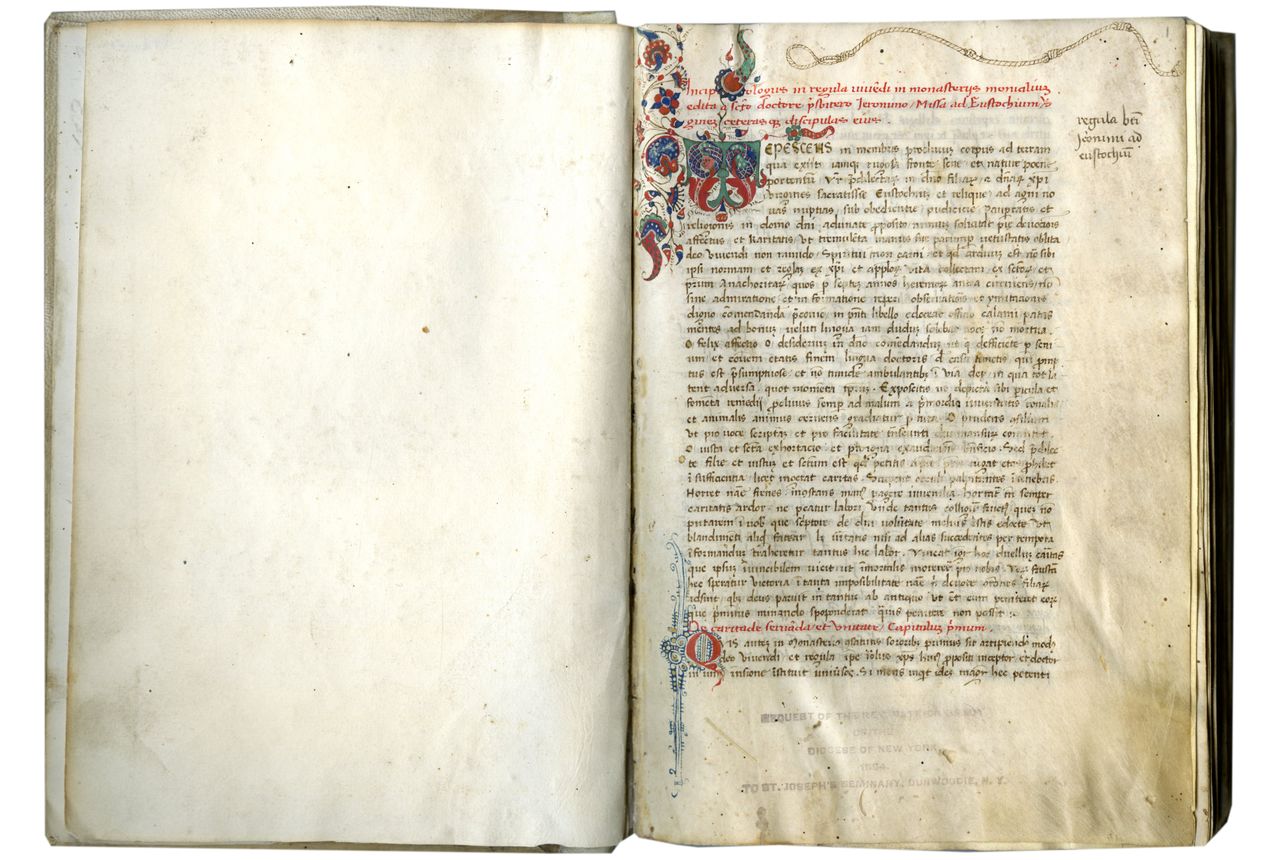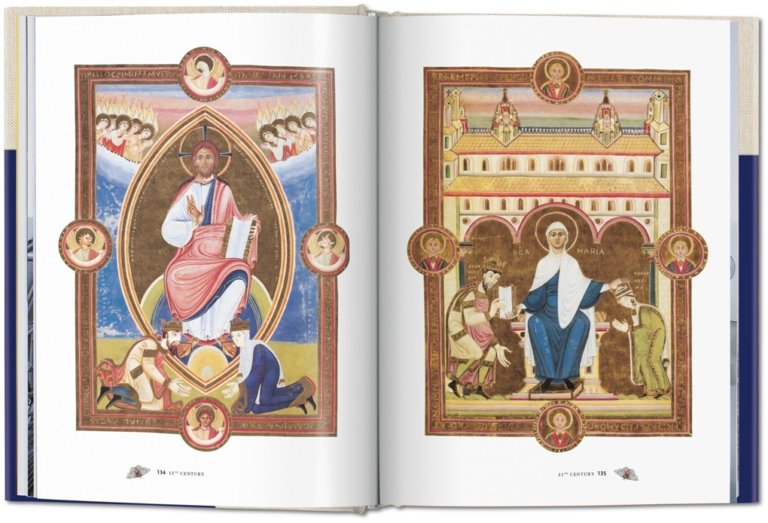

While this provides protection, it also makes it hard to see certain details because the fragments are covered by a “mist”. It is not uncommon to fit them in plastic, including Melinex (Fig. Each library has its own ways of preparing fragments for consultation.
#Famous medieval manuscripts full#
1)? Flat objects show their full contents, while those with folds hide certain information. Are they flattened or still curly and buckled (Fig. Do they still need to be removed from an envelop? This is unhandy and asking for trouble, especially when putting them back in at the end of the class. Success in the classroom depends, however, on a key factor: how they are prepared for use. 2 Leiden, UBL, BPL 2454 (13): Fragments of a Middle Dutch Apocalypse fitted in melinex. This makes fragments ideal to discuss medieval book design principles (parchment, page layout, dimensions) and styles of handwriting (script styles, execution levels, individual style differences). Usually, such a spread of objects provides a more profound connection to the topic of discussion that day, simply because there are more examples available to show the variety of choices scribes made for each stage of production. Having five or even ten fragments on the table is no problem and it provides each student the chance to handle a medieval “book”. I often work with groups of four students positioned at a single table and with two manuscripts that table is usually full – considering other clutter, from laptops and rulers to notebooks. All the while, they still show the essence of a manuscript, facilitating almost the same range of class discussion – though minus the thumbing through an actual book.Īnother advantage resulting from their small size is that multiple fragments can be handled with ease at the same time, which is unpractical with full manuscripts. All this is easier with fragments, which usually comprise just a single sheet. Opening manuscripts fully flat is not recommended and Special Collections librarians go through great lengths to make sure that the book is supported properly during class. A manuscript fitted in an original or early-modern binding can be awkward to handle: there is a certain tension between seeing the material details discussed in class, while ensuring the manuscript remains undamaged. Fragments can withstand the curiosity of students better, especially when they are inexperienced with delicate medieval materials. Compared to the alternative – using full manuscripts – fragment leaves, and especially snippets of leaves, are less bulky and much easier to handle (Fig.

There are several reasons why fragments are perfect for teaching. 1 Selection of fragments from personal collection of author (13th-16th centuries. The following discusses a specific way of storing fragments and how that benefits teaching with these charming bits and pieces.

#Famous medieval manuscripts how to#
Elsewhere on this blog I have written about this systematic destruction ( here), how to peek into the binding with MA-XRF ( here), and how even today manuscripts are disassembled for profit ( here). Thousands were systematically destroyed over the next two centuries, which is why one often encounters medieval leaves inside hidden 16th and 17th-century bindings (see image at the top, showing Leiden, UBL, 583 E 24). Bookbinders began to disassemble medieval manuscripts and recycle their strong parchment leaves as binding materials. When readers in Western Europe turned their eyes to printed books, around the middle of the 15th century, handwritten books became old-fashioned, unwanted, and ultimately obsolete.


 0 kommentar(er)
0 kommentar(er)
